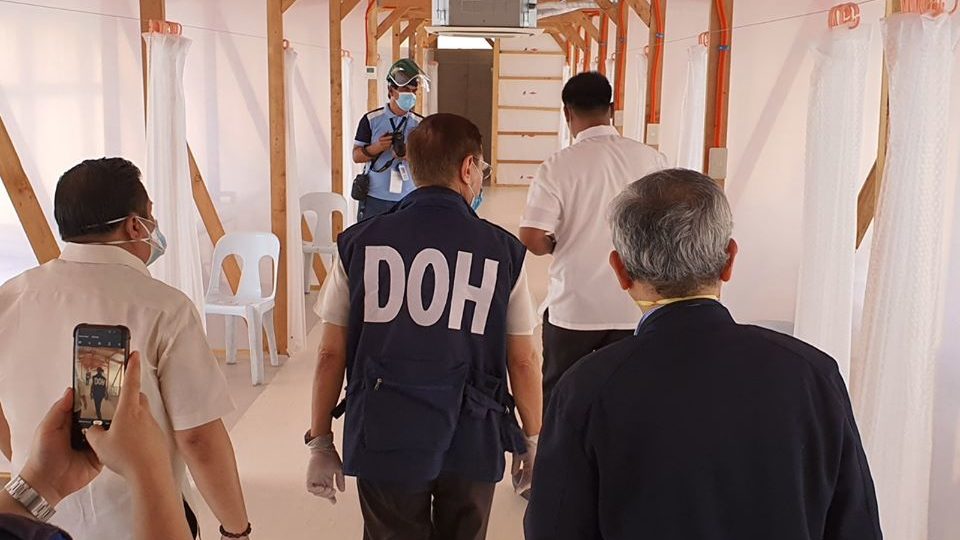The Department of Health (DOH) today reported the Philippines’ number of coronavirus cases for July 12, after it failed to release the daily update yesterday due to issues validating the data.
“Due to the significant volume of data gathered today as part of DOH’s efforts to harmonize data with the cities of NCR [National Capital Region] and the different regions, the DOH Data Team is still currently in the process of validating today’s numbers,” the DOH said in its statement yesterday.
“We also note that because of the volume of data being validated, based on initial findings, we are seeing an increase in today’s number of reported cases, recoveries, and deaths,” the department said.
DOH added that while they “recognize the importance of real-time information,” they want to ensure that the information they send out is accurate. Back in June, Dr. Tony Leachon, the former adviser of the country’s coronavirus task force, casted doubts on DOH’s data, saying that the department’s failure to provide real-time figures makes their information unreliable. Leachon was forced to resign from the government task force after he drew flak from his colleagues for criticizing DOH.
Earlier this month, DOH had mistakenly identified four cities in Metro Manila as emerging COVID-19 hotspots, chalking up the blunder to old data.
The department reported this morning that there were 2,124 new cases for July 12, 162 new deaths, and 2,009 recoveries. This brings the country’s confirmed total cases at 56,259 with 1,534 deaths and 16,046 recoveries.
Read: Oops! Health dep’t misidentifies COVID-19 hotspots in Metro Manila
Meanwhile, Health Undersecretary Maria Rosario Vergeire today discouraged COVID-19-infected Filipinos from undergoing home quarantine, and risk spreading the virus to members of the household. She said that there is no need to isolate at home because there are more than enough isolation facilities in the country to accommodate coronavirus patients.
“We have a lot of available [quarantine facilities], and we can house mild and asymptomatic cases in these facilities,” Vergeire told news show Unang Hirit in English and Filipino.
Vergeire said the occupancy rates of said quarantine facilities managed by local government units are at a mere 25%, while national government-run facilities are at 38%.
Despite the availability of space in isolation facilities, several hospitals in the country have declared full bed capacity for COVID-19 patients. In Manila alone, this includes government-funded institutions like San Lazaro Hospital and the Philippine General Hospital (PGH).
PGH spokesman Jonas Del Rosario told reporters that it is still finding ways to admit and manage COVID-19-infected patients even if their numbers are beyond their allocated capacity, and added that 80% of the cases were mild to moderate cases. He attributed the influx of coronavirus patients to the country’s relaxed quarantine restrictions.




